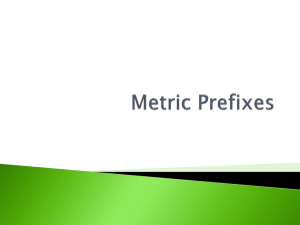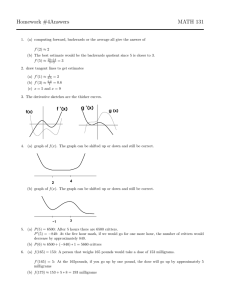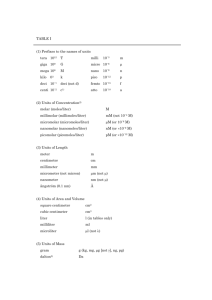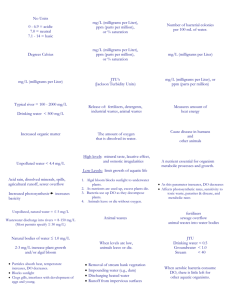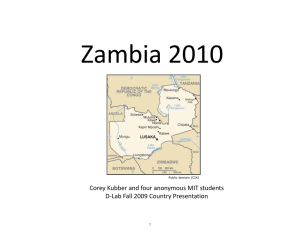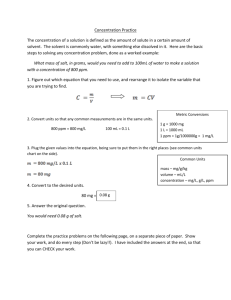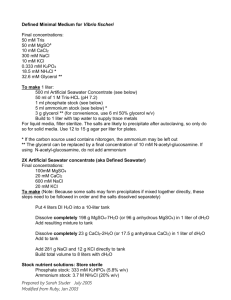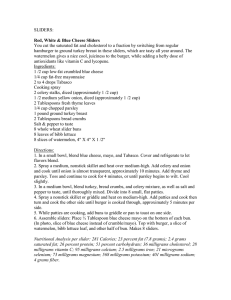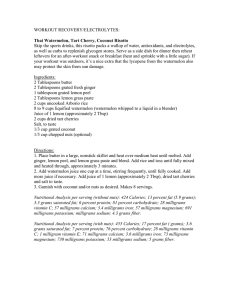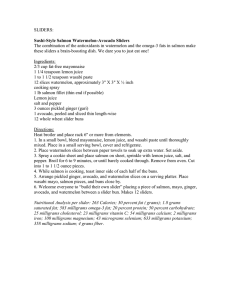Are mg/L and ppm measurements equal?
advertisement
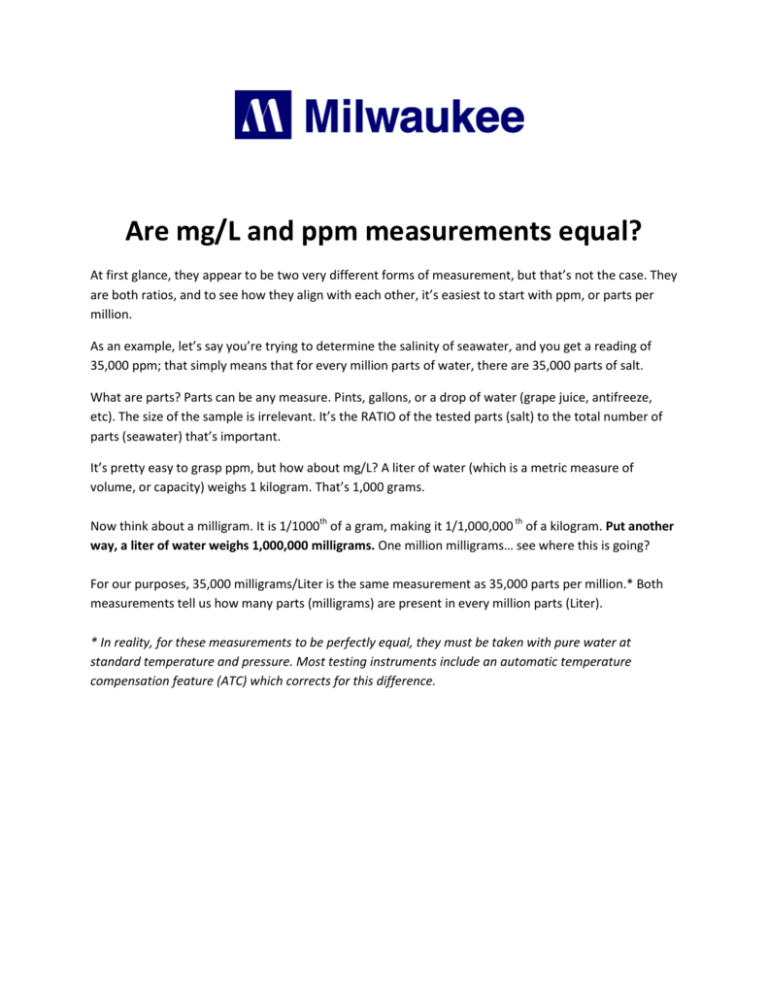
Are mg/L and ppm measurements equal? At first glance, they appear to be two very different forms of measurement, but that’s not the case. They are both ratios, and to see how they align with each other, it’s easiest to start with ppm, or parts per million. As an example, let’s say you’re trying to determine the salinity of seawater, and you get a reading of 35,000 ppm; that simply means that for every million parts of water, there are 35,000 parts of salt. What are parts? Parts can be any measure. Pints, gallons, or a drop of water (grape juice, antifreeze, etc). The size of the sample is irrelevant. It’s the RATIO of the tested parts (salt) to the total number of parts (seawater) that’s important. It’s pretty easy to grasp ppm, but how about mg/L? A liter of water (which is a metric measure of volume, or capacity) weighs 1 kilogram. That’s 1,000 grams. Now think about a milligram. It is 1/1000th of a gram, making it 1/1,000,000 th of a kilogram. Put another way, a liter of water weighs 1,000,000 milligrams. One million milligrams… see where this is going? For our purposes, 35,000 milligrams/Liter is the same measurement as 35,000 parts per million.* Both measurements tell us how many parts (milligrams) are present in every million parts (Liter). * In reality, for these measurements to be perfectly equal, they must be taken with pure water at standard temperature and pressure. Most testing instruments include an automatic temperature compensation feature (ATC) which corrects for this difference.

